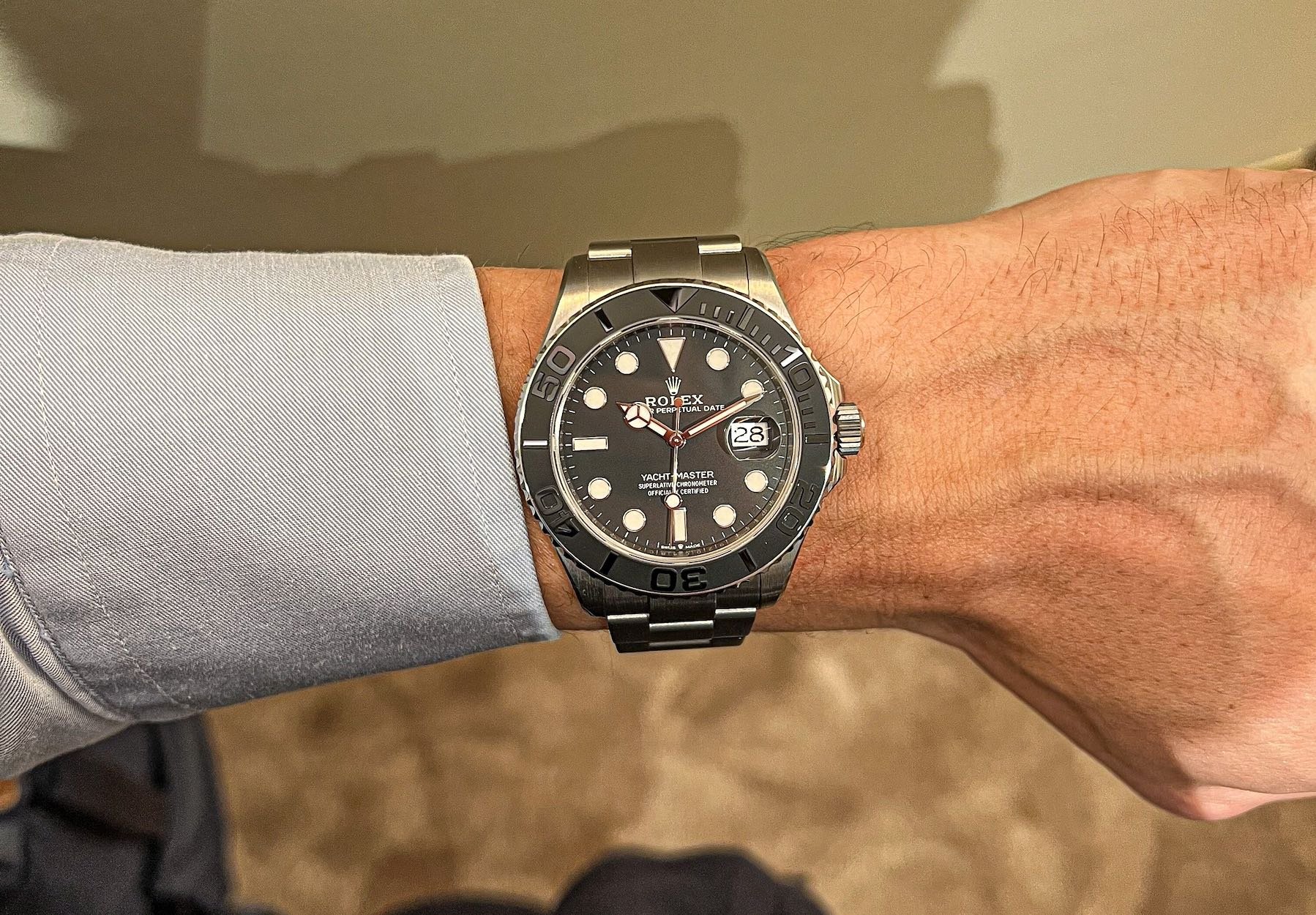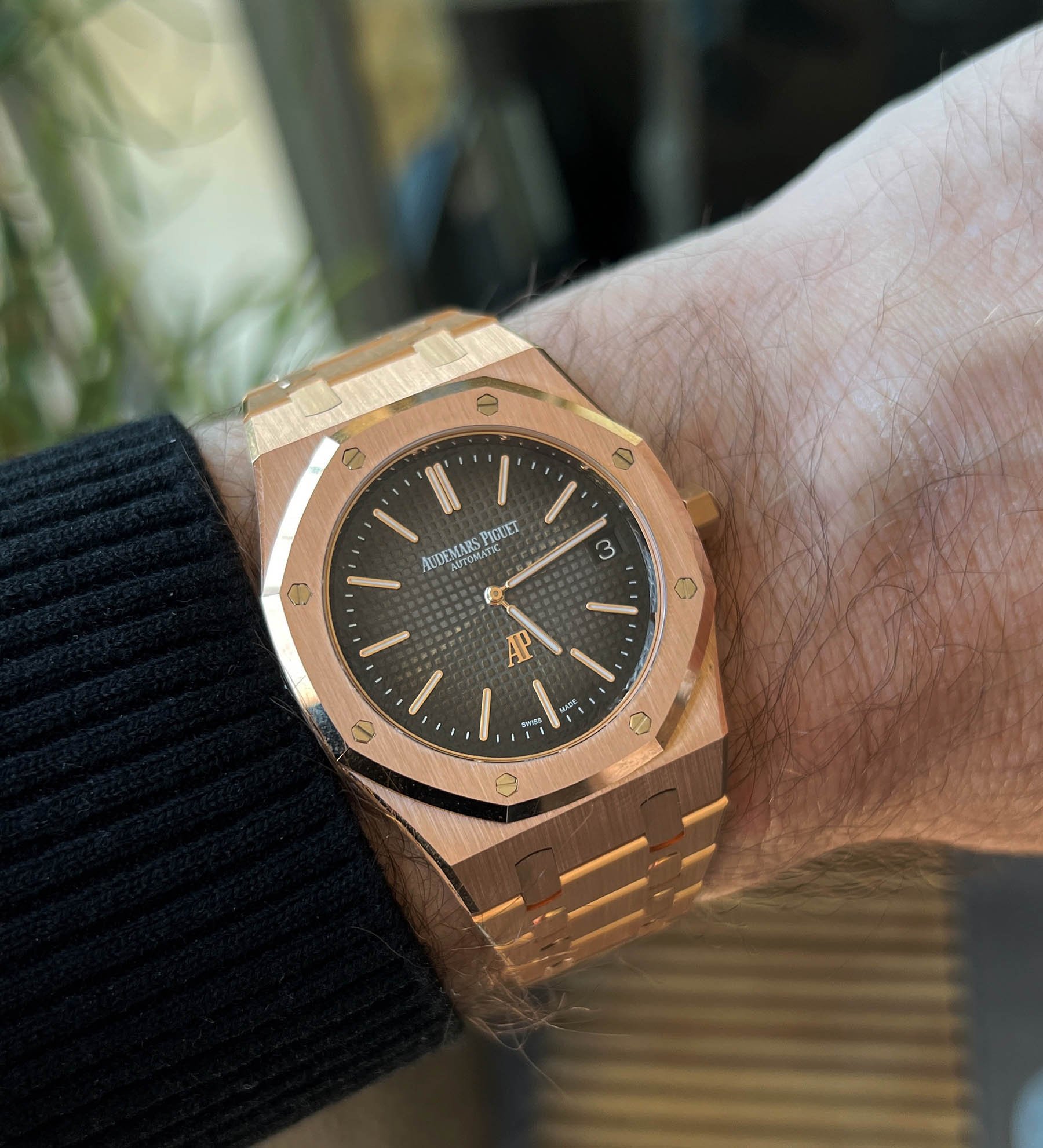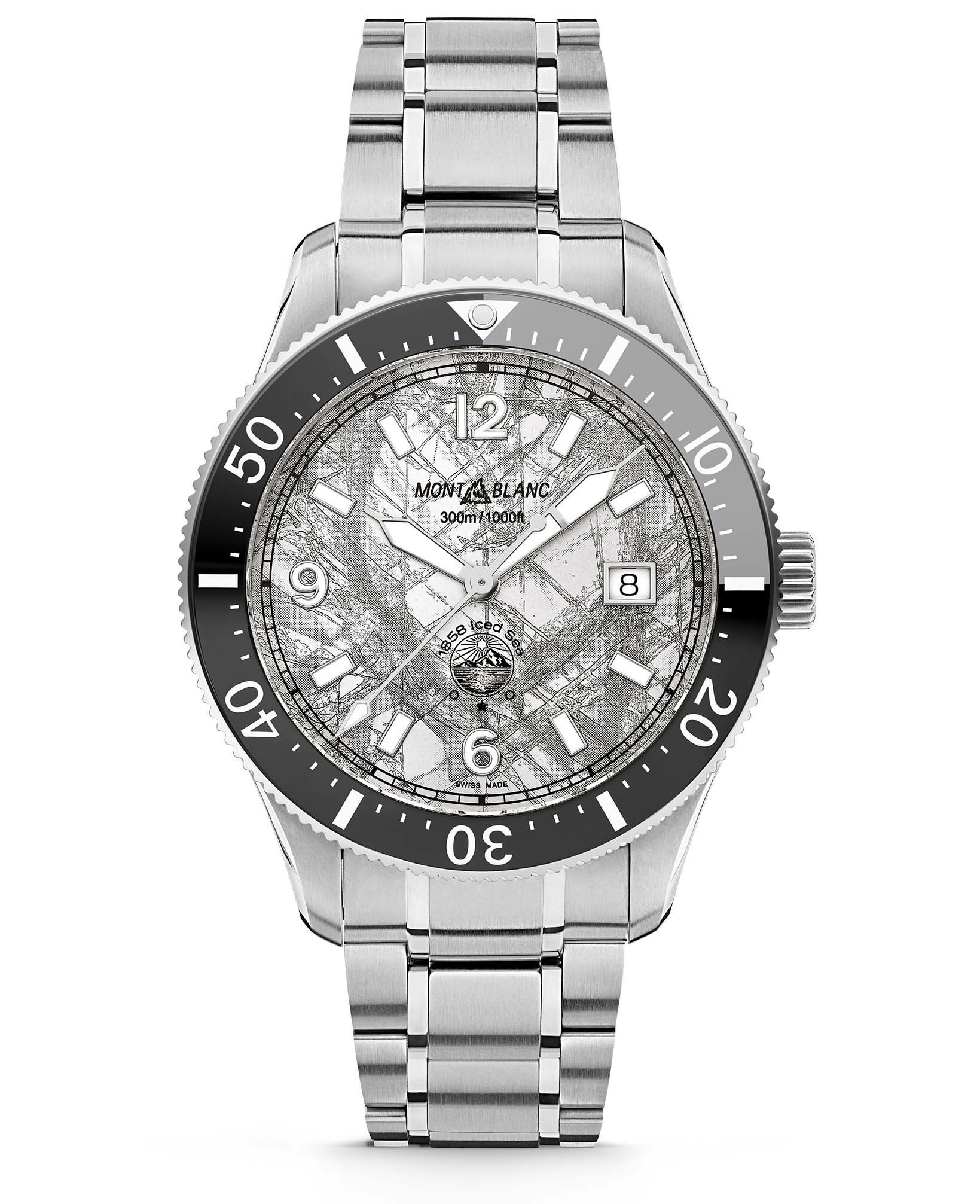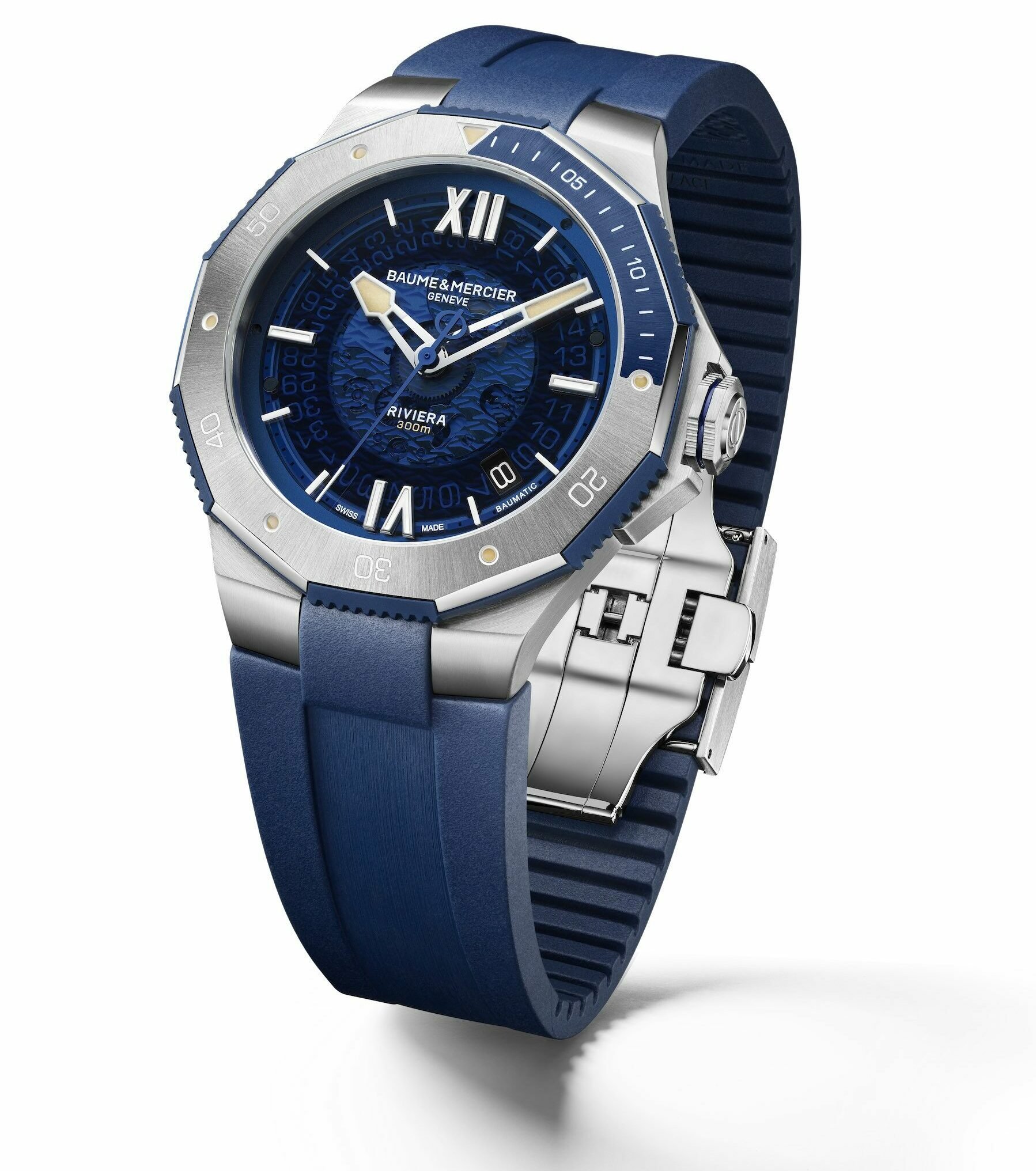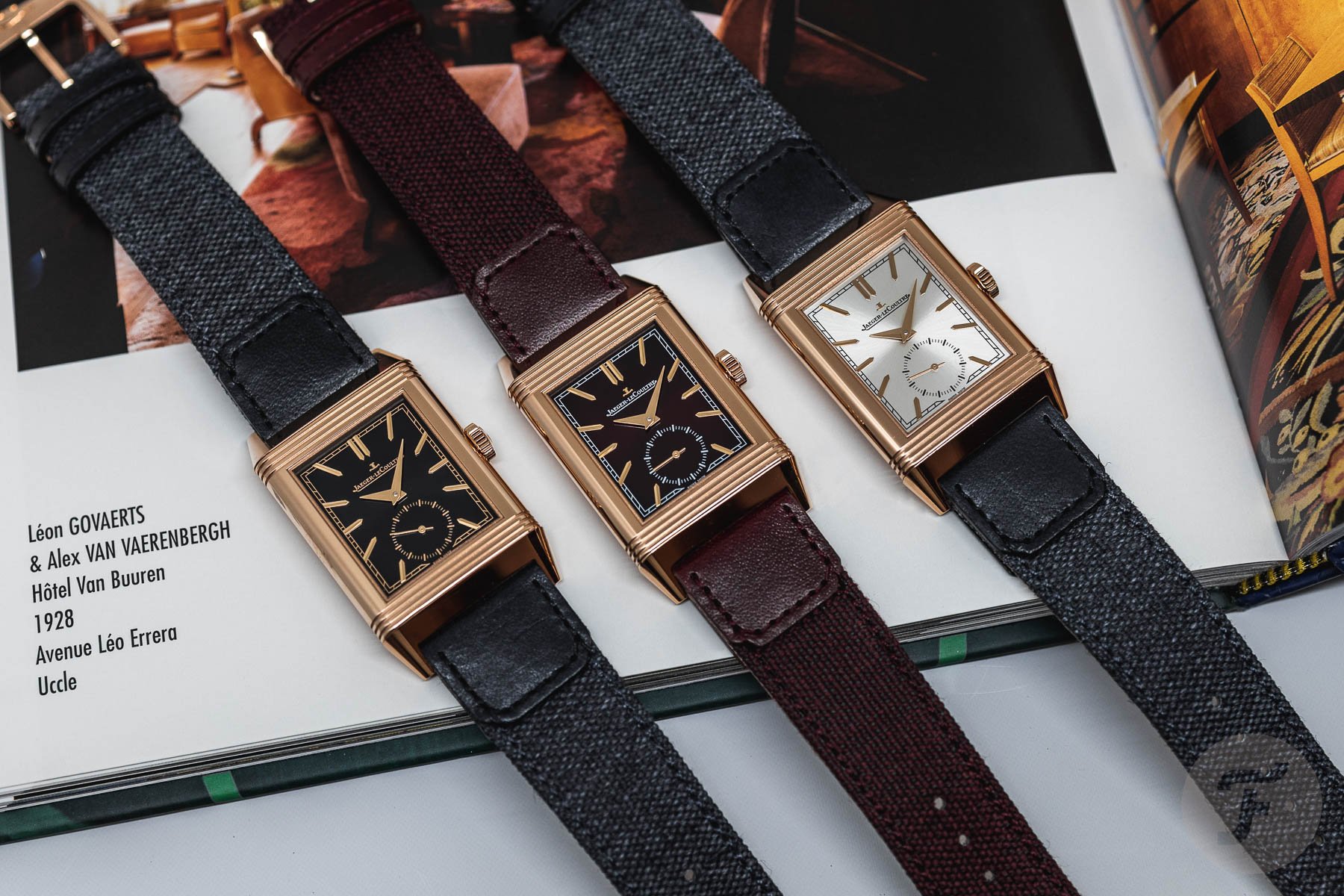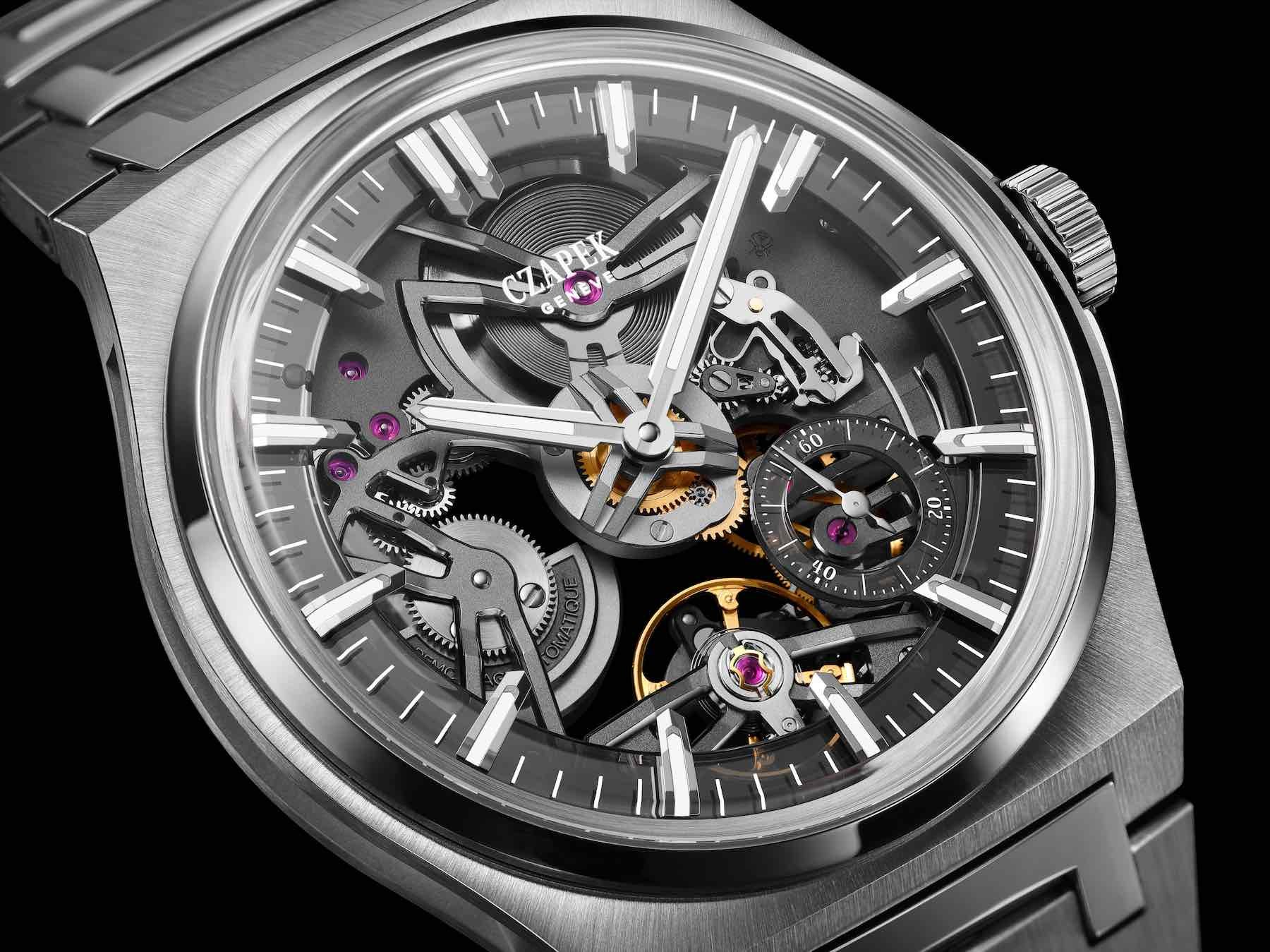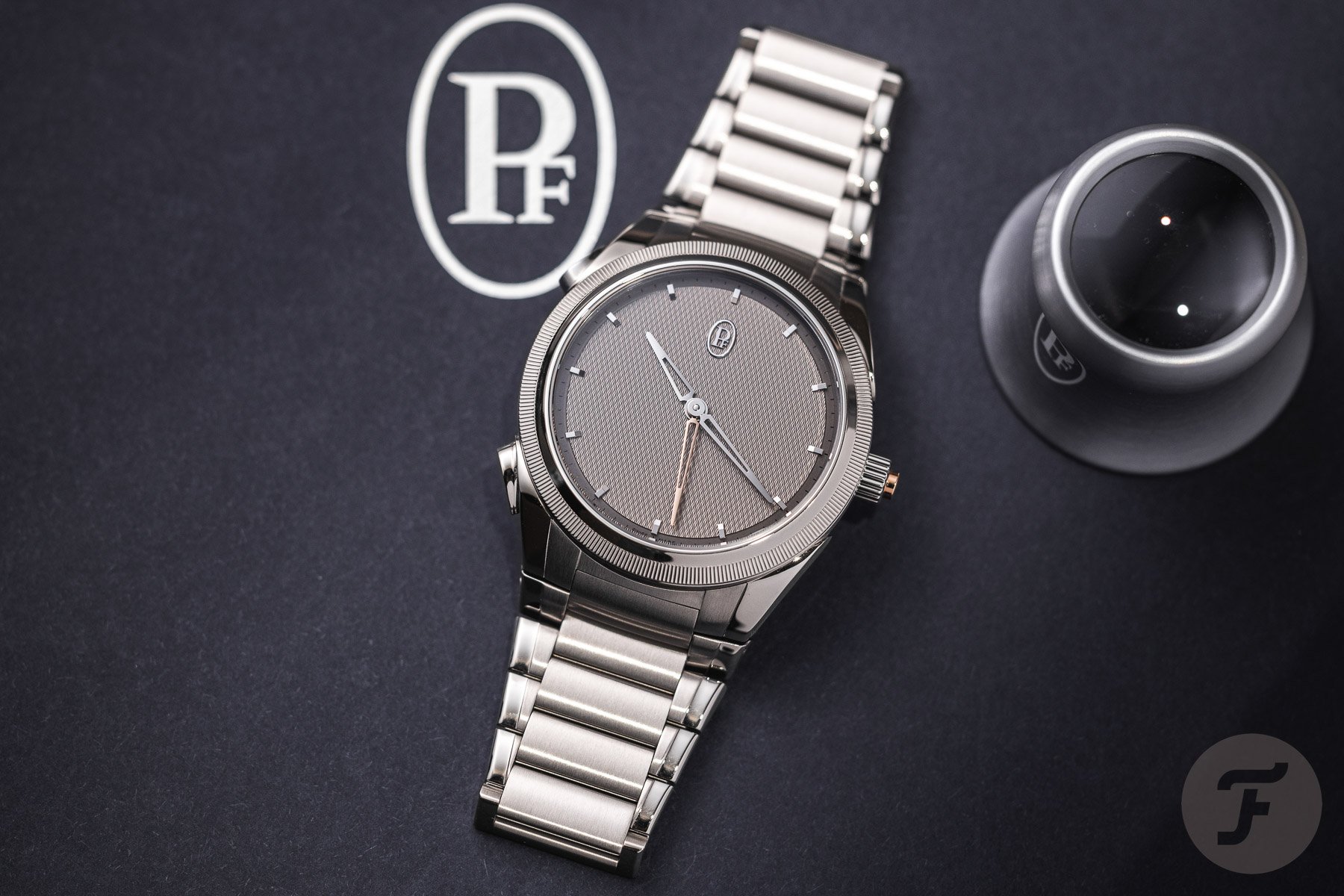Watch Prices Keep Rising — Is Greed Killing The Watch Industry?
How much further can watch prices rise before buyers walk away? This year’s Watches and Wonders confirmed an ongoing development: watch brands are increasing their prices at an accelerating pace. On the one hand, it makes sense because sales in numbers seem unaffected, so the brands just take home a larger chunk of the market value of their watches. On the other hand, aficionados are turning away already. Could that be a sign of impending doom?
Watches and Wonders 2023 saw the introduction of many desirable watches. Many, however, left us in shock about the accompanying price tags. Time to have a look at what is happening to watch prices and what it may imply for the future.
Some recent watch prices that took us by surprise
I do not intend to blame any particular brand here. I do think, however, that I should illustrate my point with some actual recent watch prices that caught us by surprise. I will try to include as many examples as possible to illustrate that this is an industry-wide development. We have, for instance, mentioned Jaeger-LeCoultre’s recent price hike on the Reverso Classic Duoface on our podcast. It went up by 44% in less than a year.
Panerai surprised us with a series of basic Radiomirs 8 Days models at €9,900 and a California-dial version without sub-seconds at a €2,600 premium (€12,500). Those are awesome watches, and, granted, their predecessors were already expensive. But from a technical viewpoint, they are simply not €10K–13K watches. Furthermore, the gap between this year’s platinum annual calendar (€90,000) and last year’s perpetual calendar (€67,900) was explained by the inclusion of a trip to Rome.
IWC’s reintroduction of the Ingenieur came with a similarly heavy price. The Mark XX is an amagnetic IWC steel sports watch powered by caliber 32111 and on a steel bracelet. So is the new Ingenieur. The Mark XX is €6,850. The Ingenieur is €12,900. I have handled both, and there is not such a difference in build or finishing to justify nearly doubling the price. The titanium version is more expensive than the new titanium Rolex Yacht-Master. That Rolex itself is €2,500 more expensive than one in steel and platinum(!). It is safe to say that these watch prices, then, are not based on the physical product.
Brands getting market value for their watches
It is no news that some watches are in such demand that they sell for premiums on the secondary market. Many brands can’t, or won’t, meet demand, and their watches have a market value that is higher than the recommended retail price (RRP) as a result. Some brands are now understandably wondering if they should not take a larger chunk of that market value.
Imagine seeing your watches trade at double the price you ask and receive. You naturally wonder why you let someone else run off with that money. You may feel your original price is warranted and sensible, but if the market isn’t sensible, should you be? Boosting prices to a level closer to market value might shorten your waitlist — if, that is, any logical price elasticity is still in place; these are Veblen goods after all. It might also ensure that the watches end up with people who actually want them rather than with flippers.
From a watch lover’s viewpoint, I would rather see those brands expand their capacity. But this is not always possible for financial or technical reasons. Besides, from a business sustainability viewpoint, a slight over-demand is actually healthy. Your watches will, to an extent, promote themselves through their market values. And if more challenging times come along, at least you haven’t built your business on peak demand. In this sense, it is not greed but simply responsible business.
But that’s not always warranted
If we look at the market, however, we see watch prices increasing pretty much across the board. And they are doing so by quite a lot more than inflation and over-demand account for. Some watches trade well below retail value on the secondary market, and still, they see price hikes. Is that greed?
RJ already pointed out a good example in the latest Sunday Morning Showdown. Chopard put a US$9,030 price tag on an ETA-powered Mille Miglia chronograph. Its predecessors trade at a fraction of that on the secondary market. It is by no means a trophy watch or that hard to acquire. Well, except for the big outlay, that is.
We see the same things from brands like Rado, Montblanc, TAG Heuer, and Baume & Mercier. A simple steel Rado diver is now €2,500. A cool ceramic one sets you back €4,000. Montblanc now asks €3,200 for its diver. That is creeping eerily close to what Tudor — which itself has become a luxury brand — asks for a watch that is objectively superior in construction and finishing. It makes me wonder who buys these watches. I cannot say I encounter many of them when we meet aficionados, so it must be the typical affluent customers. But how far will they stretch? Is it greed that drives these prices? And will it kill these brands in the end?
The risk of boosting watch prices
So the big question is: does it matter? The Swiss luxury watch industry is still flourishing. The simple fact is that these brands can afford to raise prices, so they do. Well, of course, it matters to us aficionados. Not all of us are particularly wealthy, and these developments cut some of us off from brands that were previously attainable. As important as we find ourselves, though, we do not matter much to most watch brands. We are the tiny sliver of the market that is the most critical and least liberal with our wallets.
But there is risk in leaving your fanbase behind to cater to the super-wealthy. What if, at some point, you are no longer the “it” accessory? We have already seen something pointing this way in recent times. With street robberies becoming increasingly violent and widespread, the watch as a status symbol is losing some of its allure. Granted, this is a rather specific phenomenon with limited reach, so it is unlikely to truly hurt the watch industry. But still, it is the kind of development that can spark changes in fashion.
The biggest risk, however, is for the mid-segment brands. When Rolex and Audemars Piguet shift ever further upmarket, they continue to thrive. They can pretty much do as they please. But it is all those “other” brands that are at risk. The brands I mentioned in the section above might not have the appeal to survive in the higher segments they are chasing.
Natural selection and evolution in the watch world
Maybe it is a process of natural selection. The “chosen ones” can freely shift upmarket, while others may perish trying. At the same time, newcomers evolve to naturally fill gaps left behind. Microbrands, for instance, are interesting because they are often entirely aimed at aficionados. While the big brands care less and less about the watch community, microbrands step in. Through their scale, they can afford to ignore the main-street affluent consumers.
Similarly, newcomers like Czapek can jump into the gap left behind by the iconic integrated-bracelet sports watches. With those having become unattainable even for the wealthy, there is room for Czapek, Parmigiani, and the like. We can clearly see in our Fratello community that people are warming up to newcomers. It wasn’t long ago that microbrands and even high-end independents were scoffed at by “serious” watch lovers. Nowadays, many of the more innovative and aficionado-first watches come from this segment of the market. It is why I now, for the first time, feel comfortable launching VPC in a segment I would have considered too high for a startup before.
Closing thoughts
It is interesting to see brands shifting ever upward as most of us saw the value of our watch collections drop significantly over the last year. It only fuels the perceived disconnect between big brands and aficionados. As described in my previous article, the stories get thinner, and the prices get bigger. Watches are luxury goods, no doubt. Their prices are not necessarily indicative of their intrinsic value. But that divide is getting bigger and more visible. Is there a limit to how much of a divide we can stomach?
It is tempting to say that what goes up must come down. The economy is cyclical and follows an ebb-and-flow rhythm, after all. However, you must realize that the luxury industry is atypical in that it follows different rules than the general economy. I might buy fewer watches this year because of my higher expenditure on energy and groceries, but the average multi-millionaire might not.
What do you think will happen to watch prices and brands in the long haul? Will this development continue? And will the watch industry itself suffer from it at some point? In short: is greed killing the watch industry? Or is sensible business keeping it alive? Let us know in the comments section below!
You can also find and follow me on Instagram: @time_travelers_journal


